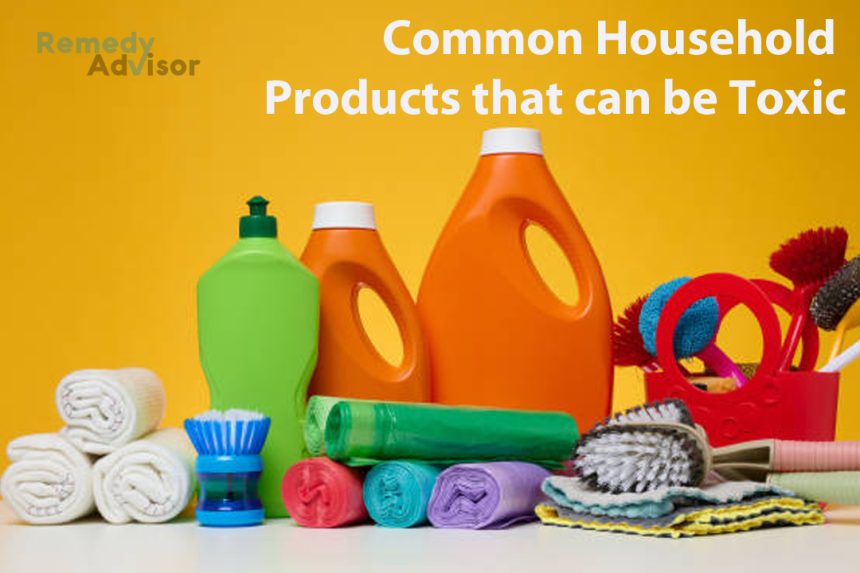Everyone seems to worry about smog and other sources of pollution outside the home.
But many everyday foods are tainted with toxic chemicals and an EPA study of air in six US cities found that certain airborne toxins can be up to 500 times more concentrated indoors than outdoors.
Where do these dangerous airborne toxins come from? From cleansers, paints, cosmetics and other household products.
Problem: Federal regulations that govern the labeling of consumer products are woefully inadequate. Consequently, it’s difficult for consumers to find out precisely which products contain dangerous ingredients or contaminants and which are safe.
To find out how consumers can protect themselves, we spoke with Dr. Samuel S. Epstein, a noted toxicologist and chairman of the Chicago based Cancer Prevention Coalition.
Dangerous product and safer alternatives
• Beef frankfurters
The nitrite preservatives in beef frankfurters interact with amines, which occur naturally in meat and fish, to form potent cancer-causing compounds called nitrosamines.
Franks also may be contaminated with the carcinogenic pesticides benzene hexachloride, Dacthal, dieldrin, DDT and heptachlor and with residues of powerful hormones.
Safer: “Nitrite-free” franks or better still tofu franks.
• Bug killer
Many household pesticides contain propoxur, a compound that is both carcinogenic and neurotoxic.
Safer: Brands that substitute pyrethrum or another natural, herbal pesticide for propoxur.
• Cat litter
Many brands contain crystalline silica, an eye and lung irritant and suspected carcinogen.
Safer: Litter made of a natural ingredient such as pulverized paper.
• Flea collar
Many flea collars contain the pesticide propoxur.
Safer: Flea collars made with natural, herbal pesticides.
• Air freshener
Some aerosol brands contain orthophenylphenol, a skin irritant and carcinogen. This is particularly dangerous because tiny aerosol droplets are readily inhaled deep into the lungs.
Safer: Solid air fresheners made with plant-based scents. It’s best to avoid all aerosol spray products, including air fresheners, cosmetics and household cleaners.
• Hair conditioner
Some brands contain formaldehyde and the carcinogenic dye.
Safer: Natural, plant-based conditioners.
• Hair dye
Black and dark brown hair dyes have been linked to several kinds of cancer, including non-FIodgkin’s lymphoma, multiple myeloma and leukemia.
Safer: Hair dyes that substitute plant-based substances like henna for the synthetic dyes.
Warning: Never buy hair dye that contains phenylenediamine.
• Laundry detergent
Brands that contain washing soda are highly caustic. Some brands may also be contaminated with a carcinogen called 1, 4 dioxane.
Safer: Vegetable-based detergents or laundry soap
• Makeup
Cosmetics often contain talc, titanium dioxide and/or the preservative BHA all of which are carcinogenic. In addition, lanolin found in many brands is often tainted with DDT.
Safer: Natural, plant-based cosmetics.
• Moth repellent
These often contain naphthalene, a neurotoxin, or dichlorobenzene, a highly volatile compound that is a potent carcinogen.
Safer: Cedar blocks, chips and sachets
• Paint stripper
Aerosol strippers often contain methanol, a neurotoxin that is also a potent skin and eye irritant along with methylene chloride, a carcinogen.
Safer: Get rid of old paint by sanding or scraping it off. To avoid inhalation of dust, wear a respirator mask.
• Shaving cream
Some brands contain the carcinogenic preservative BHA along with triethanolamine and/or diethanolamine, which are nitrosamine precursors. Others contain Blue #1 and other cancer causing dyes.
Safer: Natural brands especially those that are applied with a brush.
• Talcum powder
Talc irritates the lungs and has been linked to ovarian cancer.
Safer: Products made with cornstarch.
• Toothpaste
Many popular brands of toothpaste contain Blue #1, which is a carcinogen. Fluoride is also a suspected carcinogen.
Safer: Natural toothpaste without fluoride.
• Weed killer
Some brands contain sodium 2, 4-dichlorophenoxyacetate (2, 4-D), a carcinogen and neurotoxin.
Safer: “Weed whackers” or other tools for cutting rather than poisoning weeds.
• Whole milk
Whole milk including whole-milk products like cheese and milk chocolate. Milk fat is often laced with the carcinogenic compounds DDT, dieldrin, heptachlor and/or hexachlorobenzene.
In addition, milk products are sometimes tainted with antibiotic residues. Some of these residues cause allergic reactions. Others are suspected of causing cancer.
Ingestion of these antibiotic residues also promotes growth of potentially dangerous antibiotic-resistant bacteria inside the body.
Safer: Organic skim milk, especially brands labeled “bovine hormone-free.”







